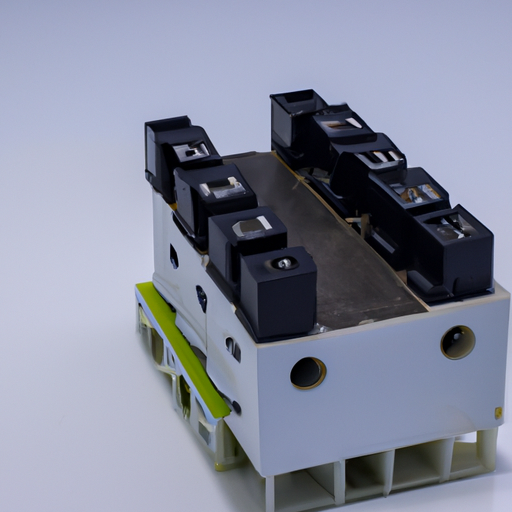Title: Choosing the Right Ballast Controller Component Class: A Comprehensive Guide

1. Understanding Ballast Controllers: Before delving into the component class recommendation, it is essential to understand the basic functionality of ballast controllers. These devices are responsible for starting and regulating the electrical current in lamps, preventing excessive current flow and maintaining optimal lamp performance. Ballast controllers also protect the lamp from voltage fluctuations and provide dimming capabilities in some cases.
2. Component Class Classification: Ballast controller components are classified into different classes based on their performance characteristics and features. The component class determines the efficiency, reliability, and overall performance of the ballast controller. The most commonly used classes are Class A, Class B, and Class C.
- Class A: Class A ballast controllers are known for their high efficiency and low power consumption. They are designed to provide optimal performance and are suitable for applications where energy efficiency is a priority. Class A components are typically more expensive but offer long-term cost savings through reduced energy consumption.
- Class B: Class B ballast controllers are cost-effective options that provide satisfactory performance for most lighting applications. They offer a balance between efficiency and affordability, making them a popular choice for general lighting systems. Class B components are widely available and offer a good compromise between performance and cost.
- Class C: Class C ballast controllers are primarily used in specialized applications where cost is a significant concern, and energy efficiency is not a top priority. These components are often used in low-cost lighting systems or where the lighting requirements are minimal. Class C components may have lower efficiency and limited features compared to Class A and B options.
3. Factors to Consider: When selecting the appropriate ballast controller component class, several factors should be taken into account:
- Energy Efficiency: If energy efficiency is a critical requirement, Class A ballast controllers should be considered. These components offer the highest efficiency, resulting in reduced energy consumption and lower operating costs in the long run.
- Cost: Budget constraints may influence the choice of component class. Class B controllers provide a good balance between performance and cost, making them suitable for most lighting applications. However, if cost is a significant concern, Class C components may be considered.
- Application Requirements: The specific lighting application and its requirements should be carefully evaluated. Consider factors such as lamp type, voltage range, dimming capabilities, and any specific regulations or standards that need to be met. Class A and B components generally offer more features and flexibility to meet diverse application needs.
- Reliability: The reliability of the ballast controller is crucial for uninterrupted lighting operation. Class A and B components are typically more reliable due to their higher quality and better design. Consider the expected lifespan, warranty, and track record of the manufacturer when assessing reliability.
- Compatibility: Ensure that the selected component class is compatible with the lamp type and other components in the lighting system. Check for compatibility with control systems, sensors, and any other integrated features required for the application.
4. Conclusion: Choosing the right ballast controller component class is essential for achieving optimal lighting performance while considering factors such as energy efficiency, cost, application requirements, reliability, and compatibility. Class A, Class B, and Class C components offer different trade-offs in terms of performance and cost. By carefully evaluating these factors, you can make an informed decision that aligns with your specific lighting needs and budget.
In summary, selecting the appropriate ballast controller component class requires a thorough understanding of the different classes available and consideration of various factors. By making an informed decision, you can ensure efficient and reliable lighting performance while optimizing energy consumption and cost-effectiveness.